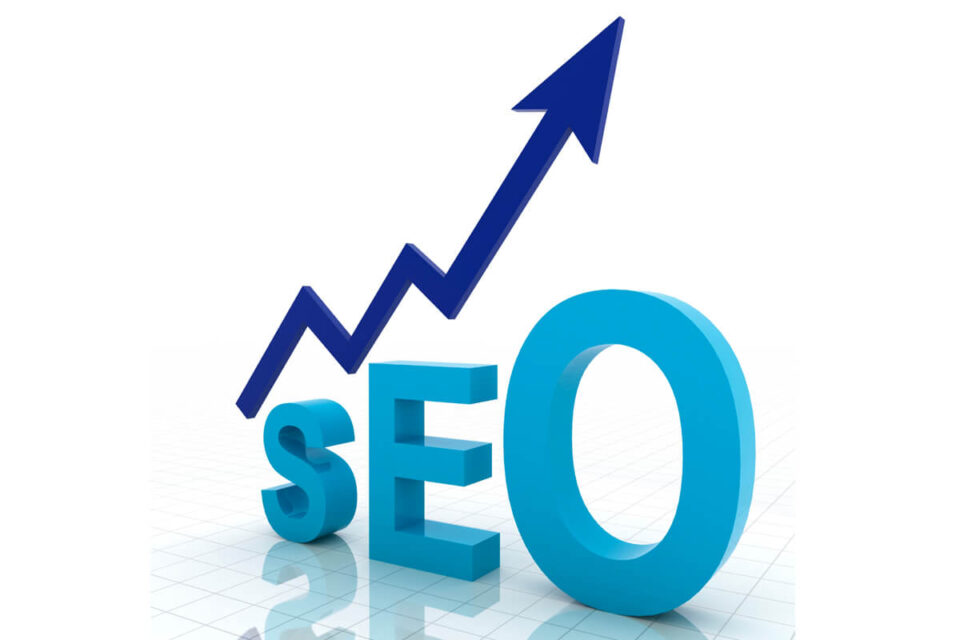Although not as popular as it is today, Search Engine Optimisation (SEO) existed 25+ years ago. The boom in internet use and SEO demand today has been made possible with the continuous advancements in technology. Nowadays, SEO has become an essential digital marketing strategy to improve your website’s ranking.
This article will take a brief look back on how SEO has been changing throughout the years. It will discuss the contributions of SEO services and how you capitalise on the improvements in each period.
The Early Days
Table of Contents
In the 1900s, internet users practised SEO solely through on-page activities. When Google was just becoming popular, search engines mainly ranked websites based on the content, domain names, ability to get listed in the directories, and basic site structure. So the trick to get your website popular was to make sure to have your keywords repeated enough times throughout your web pages and meta-tags.
Fortunately, this practice is now called spamming, and you should aim to steer clear from any of this. However, an extension to this tactic, from cloaking, buying backlinks, and content farms, exists today. Black hat SEO is a group of optimisation strategies against search engine guidelines to boost search rankings rapidly. Thankfully, search engines are constantly on the lookout for them and often result in a penalty from these browsers.
In the 2000s
Since then, Google has started to look at both on- and off-page factors, which is also the strategy used by SEO services, digital marketing companies and agencies today. The link-building tactic was born from the search engine’s more scrutinising look at the quantity and quality of external links and the anchor text on a homepage.
Search engines have also started taking advantage of end-user data in 2004. This data is composed of a consumer’s search history and interests analysed to curate personal search results for every individual. Nowadays, this type of strategy is called lead generation SEO.
In 2007, Google began blending published media such as news, videos, and images with traditional organic search results. This change has been impactful both to SEO and Google users. In addition, social media marketing and web design have all been utilising this strategy now more than ever. Social media, in general, indirectly helps SEO by driving more traffic and generating search demand by increasing brand awareness and affinity.
The following year, Google wanted to put greater weight on trust in their algorithm. After that, businesses all started wanting to become big brands. Even today, digital marketing companies and agencies intend to put your venture among the top trades.
In 2010, site speed officially became a ranking factor. Service providers recognise this even today and are reassuringly among their top priorities. Nobody wants slow loading speeds and interruptions to their browsing experience after all.
Conclusion
SEO will remain vital for as long as the internet and search engines exist. There are many SEO strategies available today due to a rich technological history. These tools will undoubtedly evolve as more businesses and companies open. A capable and clean marketing company or agency uses only white hat SEO. It is essential to keep the integrity of your business while racing to the top. Following the rules and policies would go miles in cultivating your patrons’ loyalty, in turn.
